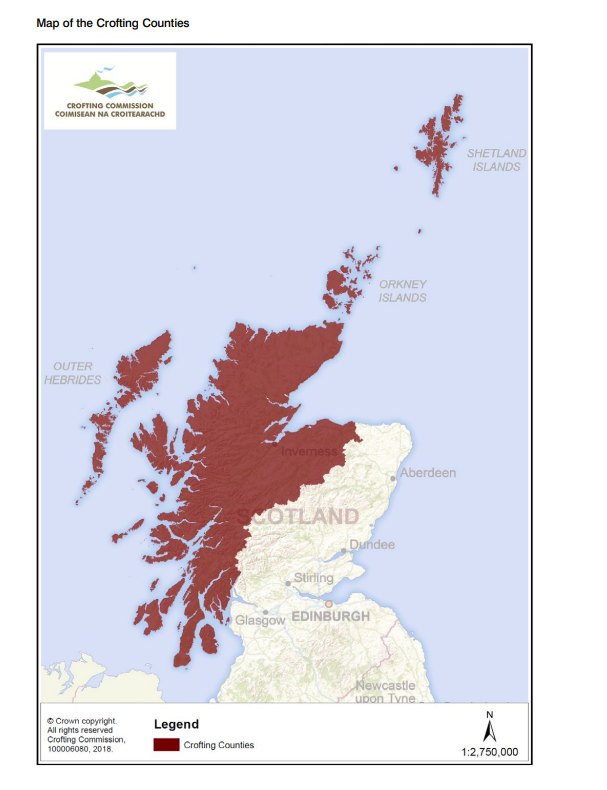What is crofting?
Crofting is a way of renting, owning and using land in Scotland. The social, economic and cultural impacts of crofting strengthen communities in the Highlands and Islands.
- 21,000 crofts
- 72% rented (tenant)
- 28% owned
- Covering more than 750,000 hectares of land
- 30,000 people living in crofting households
- Register of crofts

Crofts are small and are usually rented by tenants. Some have buildings or houses, some do not. An average croft is about 5 hectares but can be smaller and sometimes more than 50 hectares.
Crofting has been governed by its own legislation since 1886 and is regulated by the Crofting Commission.
What is crofting?
Crofting Commission Issues Important Guidance to Solicitors and Agents on Croft Sales
Crofting Commission Asks Crofters to Check and Update Register of Crofts Details
EVENT: Online meeting with Crofting Commission Chair, Andrew Thin
Building a stronger crofting future through succession planning
Crofting Commission Takes Firm Action on Annual Notice Non-Returns
